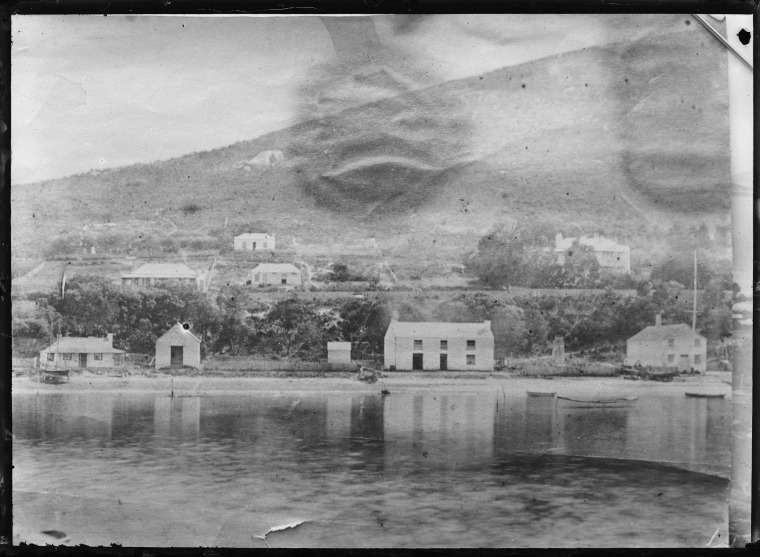Time in Albany WA: A Quick Guide to Western Australia’s Time Zone
Time in Albany, WA: A Quick Guide to Western Australia’s Time Zone
Albany, nestled on the southern coast of Western Australia, boasts a rich historical tapestry that is intricately woven with the concept of time. The region not only reflects a unique coastal culture but also operates within the distinct confines of Australian time zones. Understanding Albany’s time zone is essential for travelers, historians, and local residents alike. This guide will elucidate the nuances of timekeeping in Albany and how these measures resonate with broader Australian standards.
Exploring the Australian Time Zones
Australia is a vast continent with multiple time zones spanning from UTC+5:30 in some areas to UTC+11:00 in others. Western Australia operates on Australian Western Standard Time (AWST), which is UTC+8:00. This uniformity provides clarity for interactions, commerce, and daily life across the region. Albany, being a part of this expansive state, adheres to this time zone. However, it becomes interesting when daylight saving time comes into play, which is not observed in WA. Thus, the time in Albany remains consistent throughout the year, making it a reliable framework for both residents and visitors.
The Historical Context of Timekeeping in Albany
Timekeeping in Albany has evolved significantly since its establishment in the early 19th century. Initially, maritime time played a crucial role in guiding ships safely into the harbor. Local mariners relied heavily on tidal schedules and celestial navigation, utilizing the stars to gauge their maritime routes. With the introduction of more sophisticated timekeeping devices, Albany transitioned to a more standardized system that aligned with national standards.
The construction of the first-time signal in 1896 marked a pivotal change. This signal not only assisted mariners but also synchronized daily life in the burgeoning town. Local businesses adapted to this structured schedule, creating a rhythm that encapsulated everyday activities and socio-economic growth. This historical perspective on timekeeping reveals how essential it has been in shaping Albany’s identity and prosperity.
Seasonal Variability and Its Impact
Although Albany does not observe daylight saving, the seasonal variations play a role in the daily lives of its inhabitants. The summer months extend daylight hours, granting residents more time to engage in outdoor activities such as fishing and hiking. On the other hand, the shorter days of winter cause a shift in productivity and leisure, urging people to adopt indoor pursuits and nocturnal activities.
This cyclical nature of time influences local festivals, agricultural cycles, and even social gatherings. For instance, the Albany Agricultural Show, an annual event, capitalizes on the bountiful summer harvests and draws visitors from far and wide. Understanding these patterns can enhance the experience of both locals and tourists, making participation in community events more enjoyable and engaging.
The Modern Digital Age and Time Synchronization
In our contemporary digital landscape, time synchronization has become paramount. With the advent of mobile technology and globalization, real-time communication across different time zones is now commonplace. Although Albany follows AWST, it is vital for businesses and individuals to remain cognizant of the differing time zones they might encounter, especially when collaborating with those in eastern Australia or beyond.
Smartphone applications and online tools now provide real-time time conversions, making it easier for residents and visitors to manage their schedules effectively. This technological integration has revolutionized timekeeping and reinforces the significance of digital literacy in modern-day Albany.
Conclusion: Embracing Time in Albany
Time in Albany is more than just a succession of hours and minutes; it is a reflection of the town’s historical roots, cultural identity, and modern lifestyle. Understanding the intricacies of its time zone provides valuable insights into how the community operates and thrives. As Albany continues to evolve, the significance of time will undoubtedly remain a central theme in its narrative. Whether you are a curious traveler or a local, embracing the rhythm of time in Albany will enrich your experience in this picturesque part of Western Australia.
You May Also Like
Best Fish to Catch in Australia: A Guide for Anglers
Australia boasts an extraordinary diversity of fish species, making it …
Emily Bay Norfolk Island: A Hidden Gem in the Pacific
Emily Bay, a picturesque enclave nestled on the sun-kissed shores of …
Holidays on August 23: Global Festivities & Observances
August 23 is a date that carries a bouquet of cultural significance …





